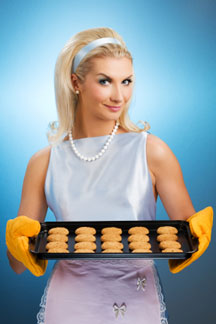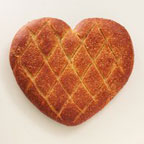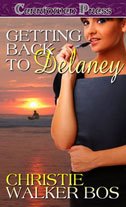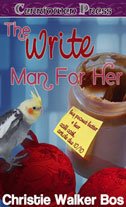Baking a Romance…A Recipe for Success Part 2 of 2
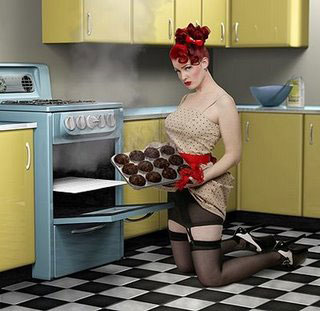
By Christie Walker Bos
Continued from Baking a Romance...A Recipe for Success Part 1 of 2
There's no secret recipe for creating a romance, although there are some basic ingredients. If you want more than "white bread" you'll need to spice up the elements of your story and make it your own. In Part 1, we talked about: The Type of Bread…Determining the Genre; The Basic Ingredients…Characters are the Flour and Water of Romance; Don't Forget Yeast…Getting a Rise Out of Your Characters; and Adding Spices to Create Flavor with Your Setting. Now it's time to crank up the heat and bake your story.
Pop It In the Oven…Cranking up the Heat
Once you've assembled and mixed all the ingredients, you pop it into the oven to bake. For your romance, this means turning up the heat. Ask yourself what's at stake for your characters? The higher the stakes the more important the results will be to both your characters and your readers.
There are several ways of raising the stakes. Giving a character a history that is in direct conflict with what they must do to succeed is one sure way of creating tension. In the movie, Independence Day, Jeff Goldblum's character gets sick on airplanes and yet he must fly in an alien space ship in order to save the world. Putting your characters in unfamiliar locations or strange situations will help them develop and grow as they overcome the obstacles you put in their way.
Ding…Letting It Cool
You pull the bread out of the oven and it looks amazing. But before you cut into the loaf, it needs time to cool down. Once you have written your first draft, it's time to let your excitement cool down. Put the work aside for a week and then come back to it. I print out an entire copy of the book, sit in a nice comfy chair and read it all the way through as if seeing it for the first time. Pen in hand I make corrections to glaring spelling and grammar errors, jot down notes on new ideas, sometimes adding new twists and turns to the plot. I've found flaws in the plot that weren't obvious as I was writing but became glaring when I read the entire manuscript in one sitting, just a reader. Now that the excitement of finishing has cooled, I can look at my work more objectively, which helps me make that second, third and final draft the best it can be.
Time to Eat…Your Story is Ready
In the end, when the bread comes out of the oven and your friends take their first bite, if it makes them go, "mmmmm" then no one is going to ask about the ingredients or how you made the bread. All that matters is that it tastes great. When someone finishes reading a great romance novel, it should make them go, "ahhhh" and just like with your loaf of bread, most people aren't going to be dissecting the book's plot, setting, or character development. All they care about was whether or not you told an engaging story with memorable characters.
Making bread from scratch and writing a novel both involve a lot of hard work but the rewards can be delicious.
~~~~
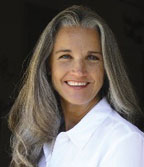 Christie Walker Bos is the editor of a trade journal for the optical industry. In her "spare time" she writes romantic comedy novels. Excerpts, reviews and links to her three published novels can be found on her Web site at https://www.ChristieWalkerBos.com
Christie Walker Bos is the editor of a trade journal for the optical industry. In her "spare time" she writes romantic comedy novels. Excerpts, reviews and links to her three published novels can be found on her Web site at https://www.ChristieWalkerBos.comLabels: baking a romance, Christie Walker Bos, Romance Writing, The Write Man for Her


